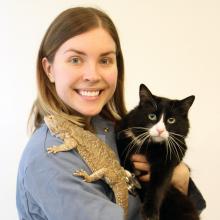Snake bites and kookaburras – a great intro to Australian vet med!
I won’t lie – I was definitely nervous about traveling to Australia on my own for so long for my externship. With any new job, it’s hard to know what to expect and if the placement will work out the way you imagined. However, after my first week at Berry Vet Clinic, I’m so glad I chose to take a leap of faith and come all the way out here. I’ve already gained so much exposure to the world of Australian veterinary medicine, and have settled in really well to the quaint little town of Berry.
After spending three days exploring Melbourne, the capital city of the Australian state of Victoria, I headed to Berry to move in to my accommodations for the summer. I was lucky enough to find lodging with one the clinic’s clients, a lovely woman who lives a 10-minute walk away from the clinic. I was also thrilled to discover that I would have four new furry roommates during my externship – three cats and a dog!
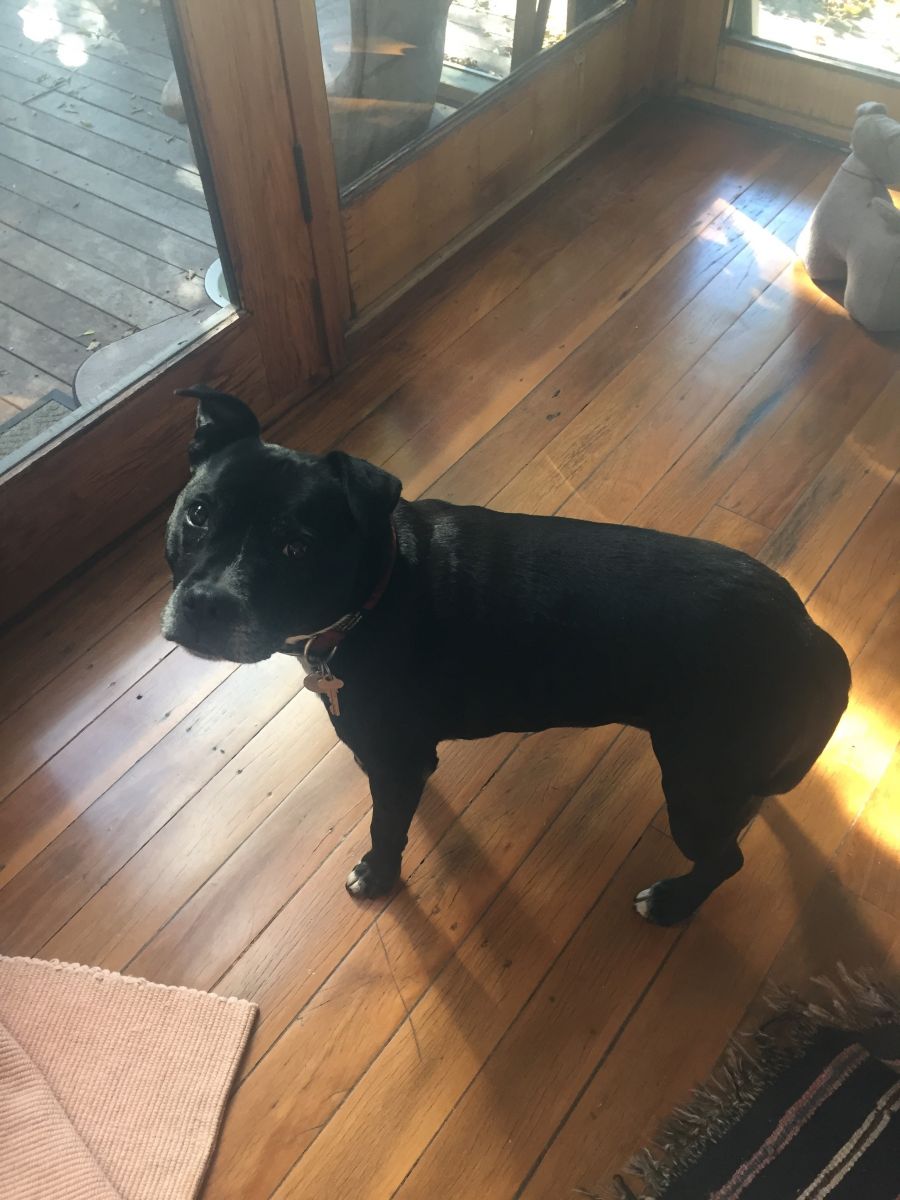
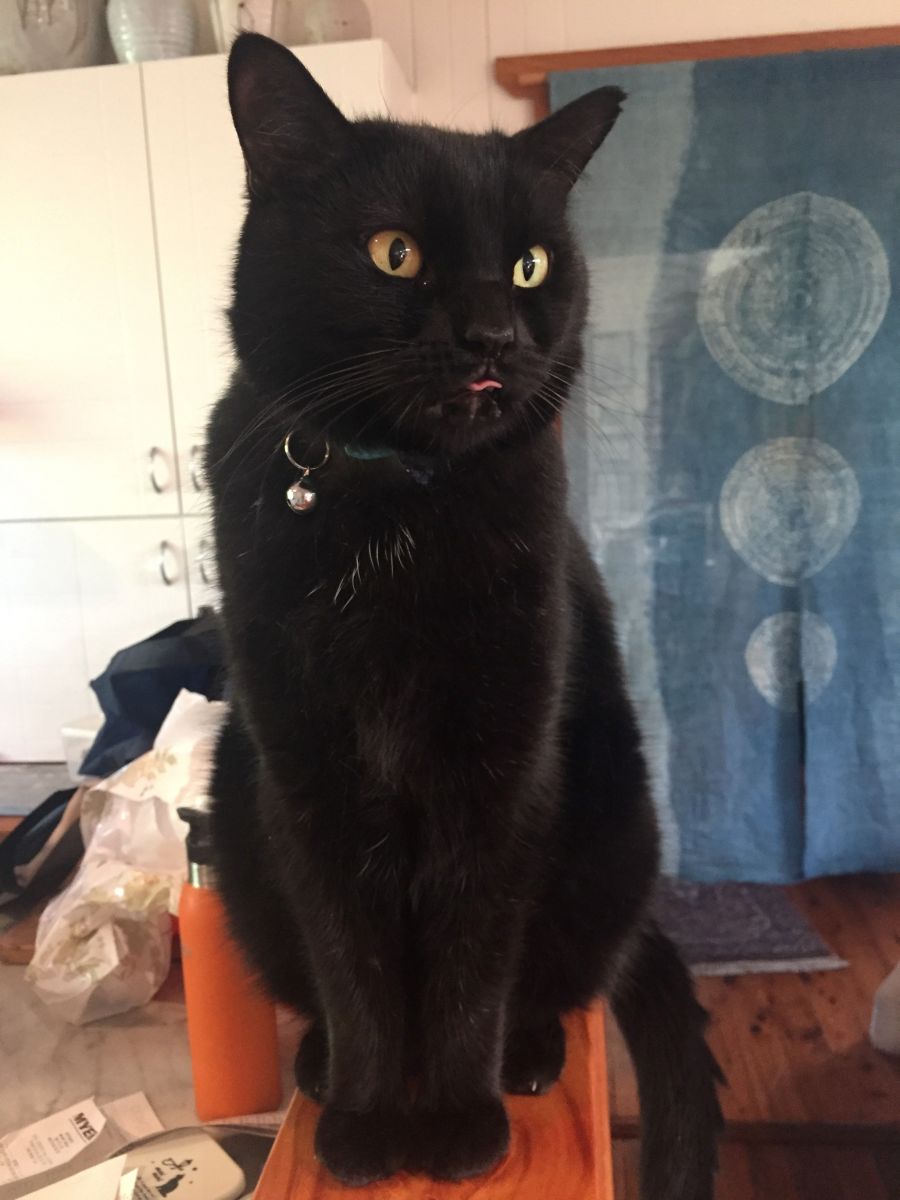 Jess the dog and Clyde the cat
Jess the dog and Clyde the cat
The first week of my externship was pretty busy, so I’ve already gotten the chance to see several interesting cases that I wouldn’t be exposed to in Canada. The first of these cases came on day two of my externship, when a client called in a panic after she found her three dogs fighting with a venomous red-bellied black snake. I was prepared for more of an emergency, but I was surprised at how calm and prepared the vets were – clearly this wasn’t their first rodeo with venomous snakes!
Upon arriving at the clinic, the dogs had blood taken to test the levels of creatine kinase (CK), an enzyme that becomes elevated with muscle damage. The venom of this snake is toxic to muscle, so testing CK levels is a good way to determine if an animal has been exposed to the venom. The venom can also destroy red blood cells leading to blood in urine, so we also took urine samples from the dogs to look for evidence of blood.
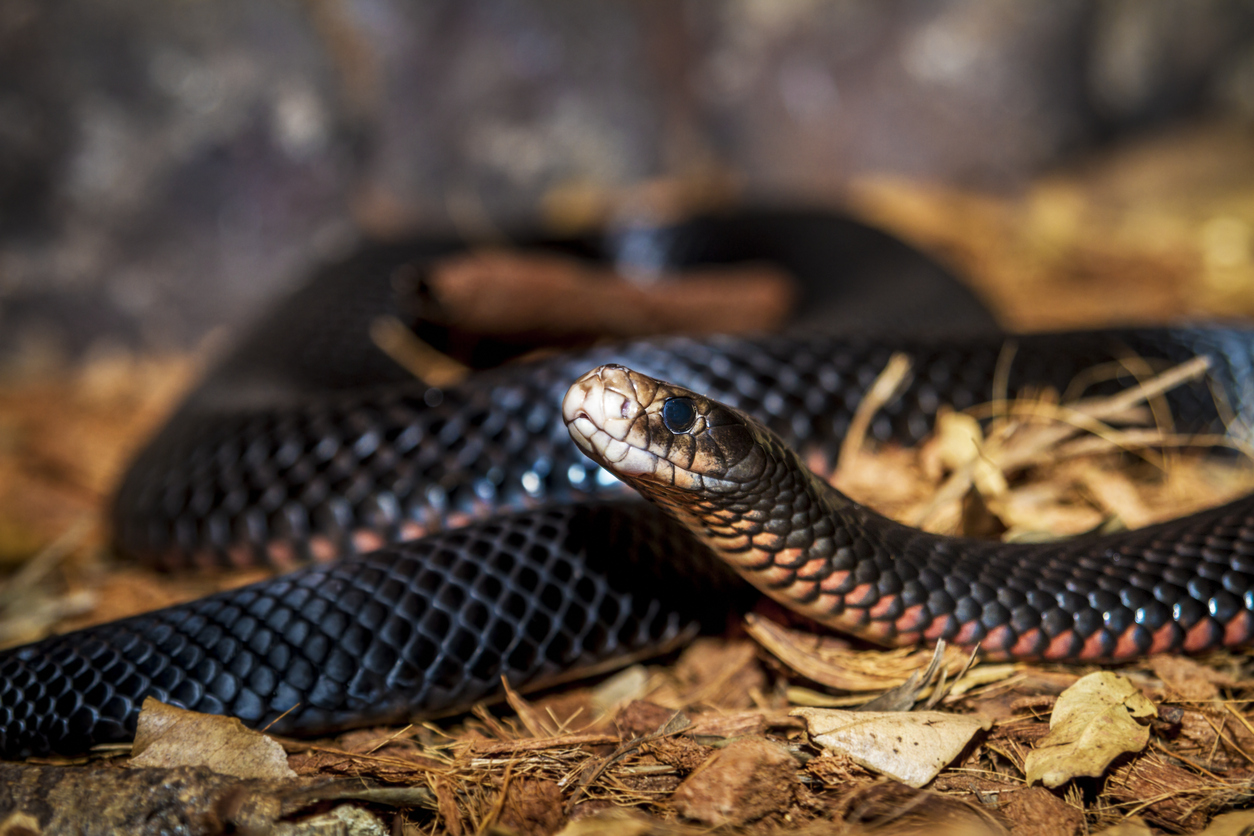 At first, only one dog had elevated CK and blood in urine, so it was immediately admitted to the hospital and given a dose of anti-venom. Some dogs can actually have an allergic reaction to the anti-venom, so it is crucial to first administer an anti-histamine and anti-inflammatory medication to prevent any reaction. The anti-venom must be given very slowly in small increments, so that the vet can monitor for evidence of a reaction and intervene if necessary. Luckily, the dog didn’t have a reaction, and the other two unaffected dogs were sent home and advised to come back for a re-check the following day. (Photo - Red bellied black snake)
At first, only one dog had elevated CK and blood in urine, so it was immediately admitted to the hospital and given a dose of anti-venom. Some dogs can actually have an allergic reaction to the anti-venom, so it is crucial to first administer an anti-histamine and anti-inflammatory medication to prevent any reaction. The anti-venom must be given very slowly in small increments, so that the vet can monitor for evidence of a reaction and intervene if necessary. Luckily, the dog didn’t have a reaction, and the other two unaffected dogs were sent home and advised to come back for a re-check the following day. (Photo - Red bellied black snake)
However, we weren’t out of the woods yet – to make things more complicated, the other two dogs had elevated CK and blood in urine when they came back the next day! We almost couldn’t believe that the snake had managed to bite all three dogs. The vets figured the first dog must have got the worst bite which is why it had evidence of being bitten sooner than the others. Fortunately, all three dogs received treatment before any clinical signs developed, and were sent home a few days later once their CK and blood urine levels had gone down.
As exciting as the snake bite cases were, the real highlight of my first week was when the first wildlife patient came in. Wildlife medicine is one of my main areas of interests in vet med, so you could imagine how excited I was when the clinic admitted a kookaburra (a type of bird native to Australia). The kookaburra was found lying listless in the middle of the road, and the vets suspected it had unfortunately been hit by a car. It was immediately placed under general anesthesia to decrease stress and pain and allow for a thorough examination.
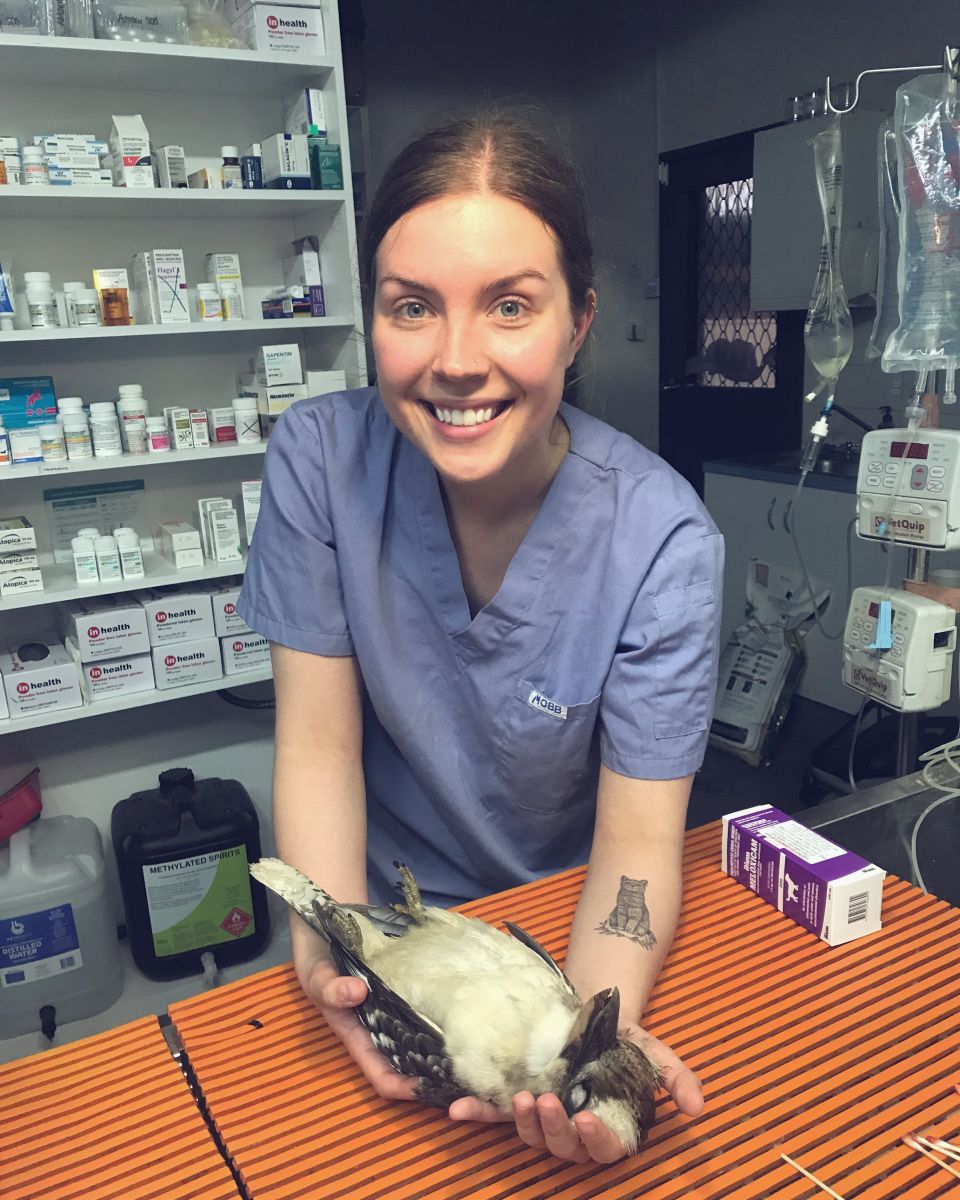 We took radiographs of the kookaburra, and luckily there were no broken bones or other obvious abnormalities. However, head trauma was suspected due to its depressed demeanor. When the vet examined the bird’s mouth, there was a lot of blood present in its throat. It took about seven blood-soaked swabs to get all of the blood out. At this point, the vets decided it was best to send the kookaburra to a local wildlife rehabilitation centre where it could receive better care. Although it would have been great to be a bit more involved with the case, this decision was in the best interest of the animal and I can only hope that it’s recovering well at the wildlife centre. However, I was lucky enough to get to hold and monitor the kookaburra as it recovered from anesthesia!
We took radiographs of the kookaburra, and luckily there were no broken bones or other obvious abnormalities. However, head trauma was suspected due to its depressed demeanor. When the vet examined the bird’s mouth, there was a lot of blood present in its throat. It took about seven blood-soaked swabs to get all of the blood out. At this point, the vets decided it was best to send the kookaburra to a local wildlife rehabilitation centre where it could receive better care. Although it would have been great to be a bit more involved with the case, this decision was in the best interest of the animal and I can only hope that it’s recovering well at the wildlife centre. However, I was lucky enough to get to hold and monitor the kookaburra as it recovered from anesthesia!
In addition to these patients, there were also countless other small and large animal cases I got to be involved with, so stay tuned for more exciting cases next week! The first week of my externship at Berry Vet Clinic has been a great chance for me to settle in and get acquainted with the clinic staff and routine. I can’t wait to get more involved as my externship continues, and I’m looking forward to sharing the rest of my experiences with you all in the coming weeks!
